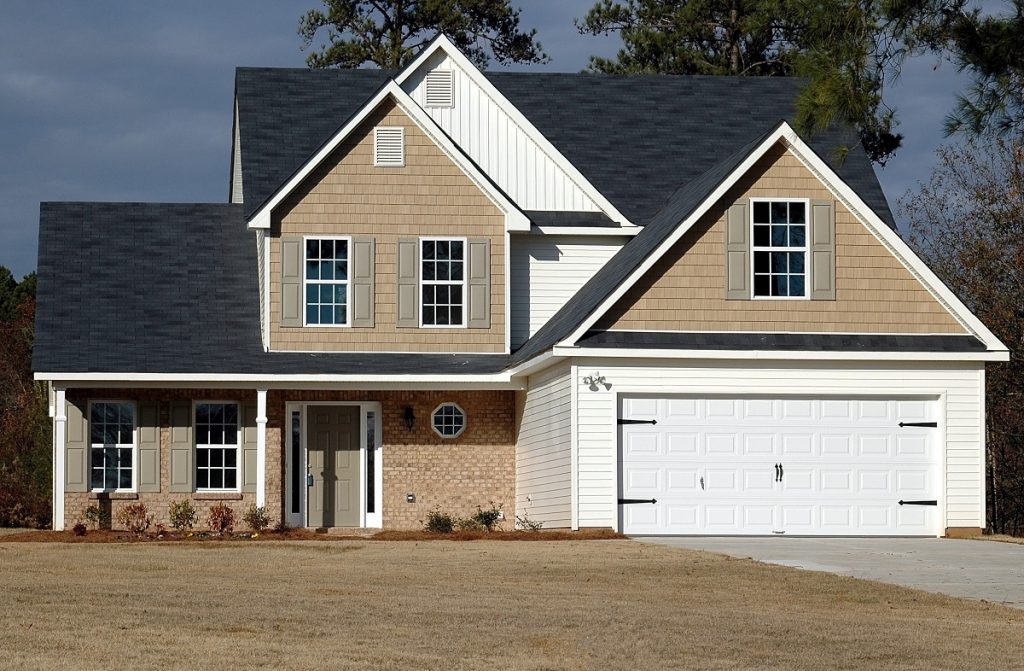In one way or another, we’ve heard of “Bauhaus.” It was thrown around in casual conversation or it was briefly mentioned in the documentaries that we’ve watched. But many of us aren’t familiar with it. Some people think that it’s a person’s name. Some would say that it’s a clothing brand. And some might even say that it’s the name of a font. All of these are understandable—and a testament to how influential Bauhaus is to various facets of art and design.
In truth, Bauhaus is a school of design, architecture, and applied arts. Its full anime is Staatliches Bauhaus and it ran from 1919 to 1933. Walter Gropius was the person behind this school and movement. He derived the name from the German word, hausbau, which meant “building of a house.” In many ways, Bauhaus is the predecessor of many modernist designs today. It’s rooted in this ideal: creating modern designs that are rooted in innovation and functionality, and are suited for mass production and for mass society. This ideal followed many of the Bauhaus influences—namely, home design. If using epoxy floor coating systems meant bringing a modern and clean look to our home while still in the spirit of functionality and mass society, then Bauhaus is definitely behind this notion.
Modernism
“Form follows function” is at the heart of the Bauhaus movement. This meant that the purpose of the design should always come first. Everything else—form, color, and other design features —should come in later. This principle influenced the Bauhaus students and helped them understand that at the center of all that they do is the productivity of their design.
This principle can be seen in how some furniture pieces were designed. A great example is Lina Bo Bardi’s Bowl chair. On the outside, many might think that the bowl shape is a little too gimmicky for Bauhaus. But what we don’t realize is that the bowl shape that is cradled in a steel structure allows the person sitting on to adjust the chair to fit their preferences for comfort.

Minimalism
Minimalism is among the most sought-after styles in home design today. We can attribute this to the popularity of Marie Kondo’s decluttering methods and the growing inclination to a more eco-conscious lifestyle. But we can also look farther back in our history and see how the Bauhaus movement influenced the minimalist home design that we know today.
Another tenet that drove the Bauhaus movement is this: “less is more.” Because the furniture designs of Bauhaus artists were suited for mass production, it made sense for them to lean towards minimal designs. This would make the process of replicability much more efficient and productive. This principle has influenced many mainstream home design stores, especially IKEA. After all, minimalism and functionality are also rooted in IKEA’s designs.
Materials
During the time of the Bauhaus school of design, wood was the most widely-used material to make furniture and other design elements in the home. This helped define the Victorian-style and others that prevailed in this era. But, because Bauhaus thrived in innovation, they also explored other materials to create their design. Thus began the use of tubular steel, glass, concrete, plywood, and plastic in people’s homes.
One of the most famous Bauhaus-influenced pieces of furniture is the Wassily Chair. It was created by Marcel Breuer in 1926—just in time for the rise of the Bauhaus movement. It was the first chair to use bent-steel as the structure. Today, we see countless chairs at home this design feature. We use them for our desks, dining tables, and even lounge areas especially outdoors.
Biophilic Design
As mentioned before, there has been a growing interest in living a more eco-conscious life today. Apart from it influencing our interest in a home with a minimalist design, it also influences our desire to open up our homes to nature. Thus, we started preferring to have huge windows that let in natural light and air. We want design elements that resemble nature such as flowy lines, warm colors, and wooden accents. This is something that was also influenced by the Bauhaus movement.
Natural patterns, geometric shapes, and warm colors prevailed in the designs of Bauhaus artists. The principle behind this is the importance of celebrating nature in innovative ways.
It’s not really crucial to know about the history of Bauhaus to plan for our home’s modern and minimalist design. But recognizing the signs of its influences will help us remember how one art movement in the early 20th century helped bring us the kind of homes that we have today.







